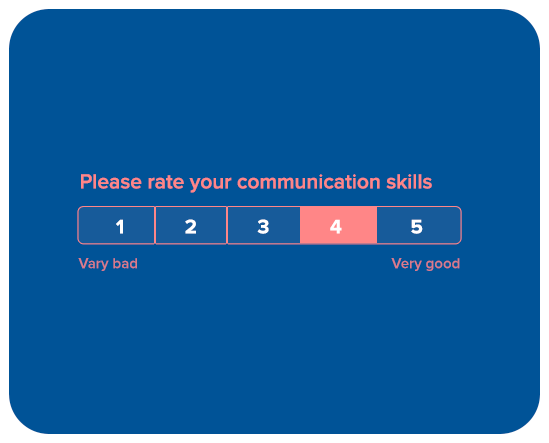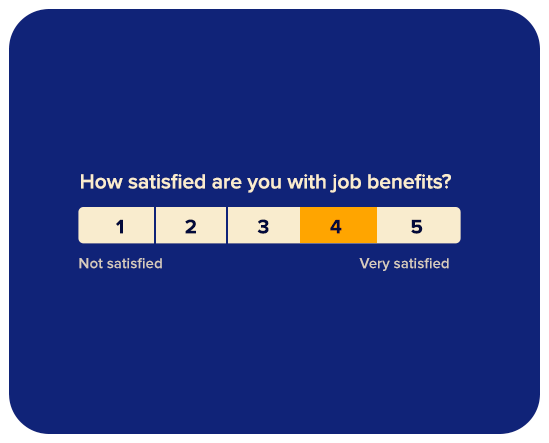Understanding advantages and disadvantages
As Forbes has unveiled, the traditional performance review is undergoing a significant transformation, with over 85% of Fortune 500 companies blazing a trail towards a more innovative and collaborative approach – the peer-based 360-degree feedback.
In this era of continuous improvement and employee-centric practices, organizations are recognizing the limitations of conventional performance evaluations. The once-a-year, manager-led review no longer meets the dynamic needs of today's workforce, and forward-thinking companies are eagerly embracing a more holistic and insightful method.
Within this digital space, we delve into the rich world of 360-degree feedback, exploring how this progressive approach empowers employees, nurtures a culture of open communication, and drives organizational success.

















